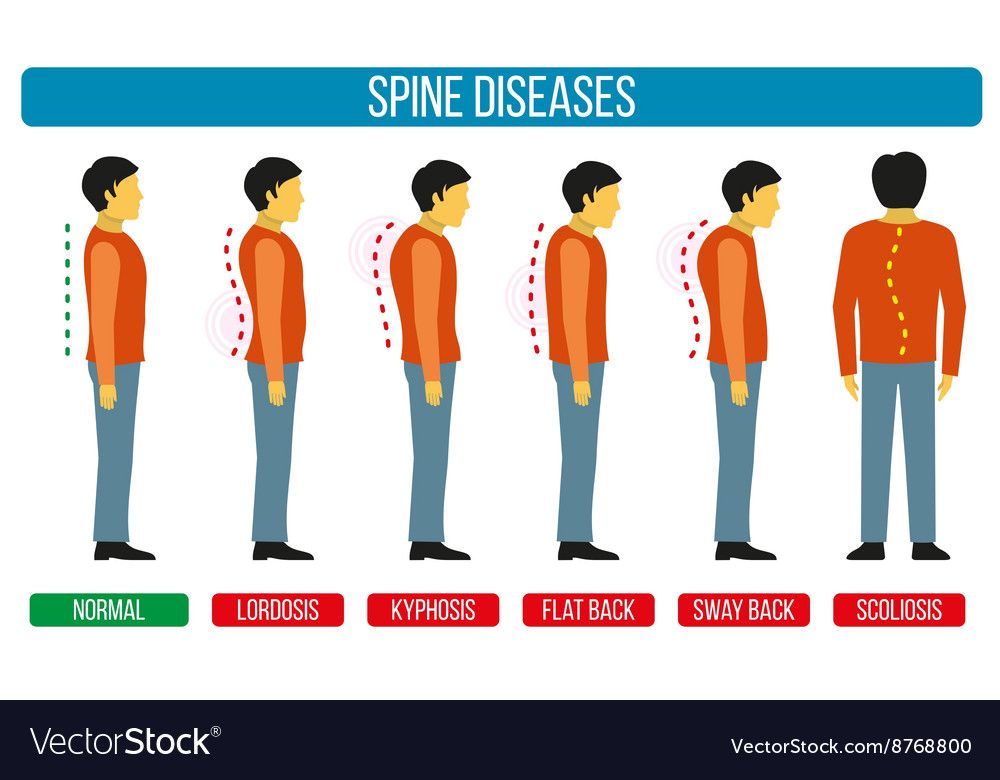State Of The Art Laser Therapy: Revolutionizing Discomfort Management And Recovery
State Of The Art Laser Therapy: Revolutionizing Discomfort Management And Recovery
Blog Article
Published By-Donovan Beck
If you're looking for effective solutions for managing discomfort and improving healing, cutting edge laser therapy could be what you require. This cutting-edge method uses certain light wavelengths to target tissues, advertising healing and minimizing swelling. Unlike conventional methods, it offers a non-invasive alternative with marginal threats. Curious about exactly how it functions and the advantages it can give your recuperation journey? Allow's explore the scientific research behind this amazing therapy.
Understanding the Science Behind Laser Treatment
When you take into consideration laser therapy for pain administration, it's necessary to recognize the scientific research behind it. This ingenious therapy utilizes details wavelengths of light to penetrate your skin, targeting tissues at various depths.
The power from the laser boosts mobile features, advertising healing and minimizing swelling. You'll discover that this procedure enhances blood flow, delivering oxygen and nutrients to hurt locations, which increases recuperation.
Additionally, https://www.newbeauty.com/hair-growth-enhancing-products/ can cause the release of endorphins, your body's all-natural painkillers, assisting to ease discomfort. Unlike typical techniques, laser treatment is non-invasive and often requires no downtime, allowing you to resume your everyday activities rapidly.
Understanding these scientific concepts assists you appreciate the possible advantages of including laser therapy into your discomfort monitoring strategy.
Applications of Laser Therapy in Pain Monitoring
Laser therapy has a wide range of applications in pain management, making it an enticing choice for numerous individuals. You can use this non-invasive therapy for numerous conditions, consisting of arthritis, tendonitis, and chronic neck and back pain.
It properly targets inflammation and boosts recovery in soft cells, reducing discomfort and speeding up healing. Professional athletes frequently rely on laser therapy for sports injuries, as it promotes quicker cells repair and reduces downtime.
You may also discover it useful for post-surgical discomfort alleviation, aiding you restore flexibility quicker. Moreover, laser therapy can reduce discomfort from conditions like fibromyalgia and neuropathy, supplying a holistic strategy to your discomfort monitoring journey.
Accepting this innovative therapy can improve your total lifestyle.
Advantages of Selecting Laser Treatment for Recovery
Picking laser therapy for recuperation provides several compelling benefits that can enhance your healing process.
First, it's non-invasive, enabling you to stay clear of the risks associated with surgical procedure. You'll experience marginal discomfort throughout therapy, assisting you really feel loosened up and at ease.
Laser therapy promotes quicker cells repair service and reduces inflammation, which can significantly reduce your recovery time. Plus, it promotes mobile regrowth, indicating your body can heal more effectively.
You'll likely notice enhanced mobility and lowered discomfort, making daily tasks much more workable.
In addition, this treatment has couple of adverse effects compared to typical discomfort monitoring techniques, so you can concentrate on your recuperation without bothering with complications.
Final thought
Including modern laser therapy into your discomfort management plan can really transform your recuperation journey. By taking advantage of the power of certain wavelengths of light, you can experience minimized swelling and faster recovery without the threats of surgical procedure. Whether you're handling joint inflammation or a sporting activities injury, this non-invasive therapy not only relieves discomfort however also improves your overall health. Accept the future of recovery and take a step in the direction of an extra energetic, pain-free life.
